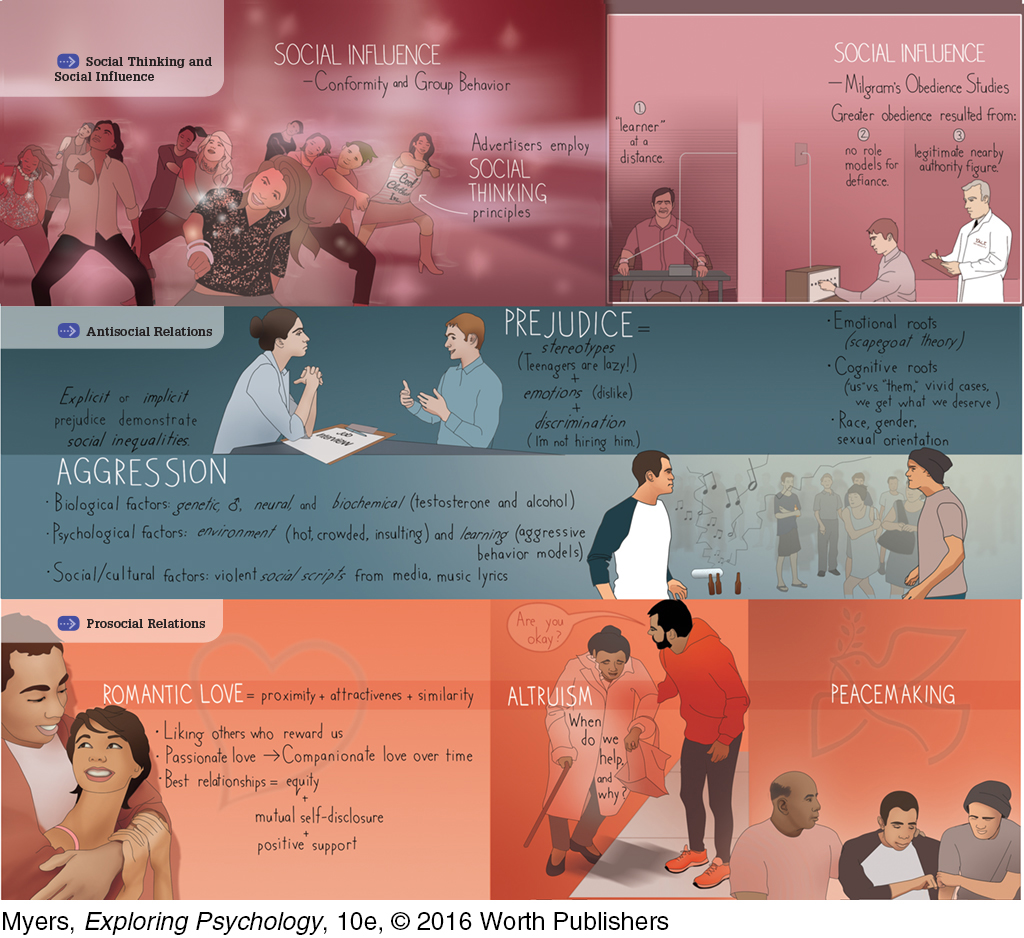Chapter 12 Introduction

Social Psychology

DIRK Willems faced a moment of decision in 1569. Threatened with torture and death as a member of a persecuted religious minority, he escaped from his Asperen, Holland, prison and fled across an ice-
With his freedom in front of him, Willems acted with ultimate selflessness. He turned back and rescued his pursuer, who, under orders, took him back to captivity. A few weeks later Willems was condemned to be “executed with fire, until death ensues.” For his martyrdom, present-
What drives people to feel contempt for minority-
As such examples demonstrate, we are social animals. We may assume the best or the worst in others. We may approach them with closed fists or open arms. As the novelist Herman Melville remarked, “We cannot live for ourselves alone. Our lives are connected by a thousand invisible threads.” Social psychologists explore these connections by scientifically studying how we think about, influence, and relate to one another. 